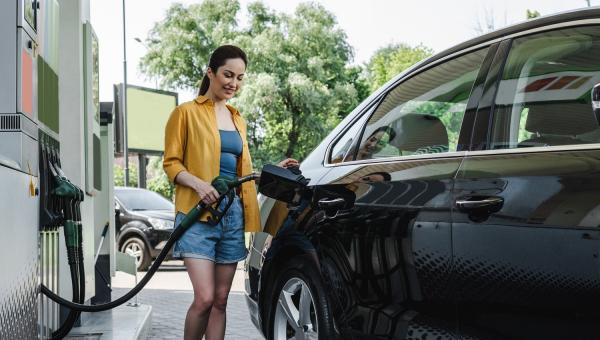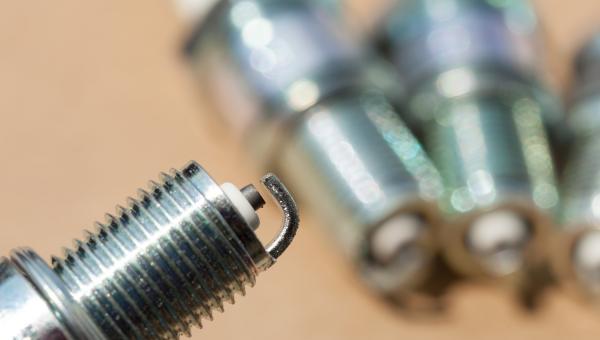Test Drive Notes Library
-
 Pros
Pros
- Pickup trucks: Solved! Ford seems to have solved all of the complaints we have with pickup trucks. While suburban Americans who don’t need pickup trucks seem to love to own pickup trucks, they end up suffering with trucks that are 1) too damn big, 2) handle like trucks, 3) guzzle fuel, and 4) cost a fortune. The Maverick addresses all four of those issues.
- Size. Look, we know, you want a pickup truck. But they’re enormous. Full-size pickup trucks are a burden to maneuver and park, and many don’t even fit in suburban garages. To address the size inflation of full-size pickup trucks, several companies offer “mid-size” pickup trucks — the Ford Ranger, Chevy Sonoma, Toyota Tacoma. But guess what? They’re pretty huge, too. At least compared to normal vehicles. So here comes Ford with the Maverick; a truly reasonably sized vehicle. Even folks who live in cities, or have to brave a Trader Joe’s parking lot on a Saturday, will find that they don’t hate their pickup truck. It’s the size and width of a mid-size SUV, with a reasonable 40 foot turning circle, the ability to be parked in normal parking spaces, and a willingness to fit into a garage. Oh, and you don’t have to heave yourself up into it. It’s close enough to the ground to get in and out of easily.
- Handling. Full-size pickup trucks have to be able to carry heavy loads, because some people actually use them for work. That results in compromised handling. The Maverick is not made for people carrying a ton of gravel to a job site. It’s for what you do: carrying nothing most of the time. Helping someone move occasionally. Taking home a big TV or a few azaleas. Transporting your bikes or camping gear. Because they didn’t have to design it to literally carry boulders, Ford could base the Maverick on a stretched version of the Ford Escape platform, which is very car-like. As a result, the Maverick handles more like a car than a pickup truck. The ride is comfortable, the steering precise and easy, the cornering level and controlled. If you’re not hauling a pallet of concrete blocks every day, you can now have your pickup truck without the downsides of having to drive a pickup truck.
- Mileage. By using the Escape platform, Ford was easily able to make use of the Escape’s 2.5L, 4-cylinder, hybrid powertrain. Available only in the front-wheel drive version of the Maverick, the hybrid powertrain delivered overall mileage of more than 35 mpg in our week-long test. In a pickup truck! 35+ mpg! We found the 191 combined horsepower totally adequate. If you want more, or want all wheel drive, you have to upgrade to the 2.0L turbo non-hybrid engine that makes about 250 hp.
- Price. Kind of astonishingly, the Maverick hybrid starts at about $21,500 including destination charges. Few people will buy the fully stripped down version, but our upgraded Lariat model, which included such niceties as dual climate control, keyless entry, and an eight inch screen, lists for $27,600. Feels like a deal to us.
- Reasonable compromises. Full size pickup trucks can carry 4x8 sheets of plywood fully enclosed in the bed. Your Maverick can’t. But you know what? You rarely have to carry 4x8 sheets of plywood because Lowe’s delivers. And if you do, Ford has smartly created a tailgate that can be locked halfway down. So you can slide your 4x8 sheets of plywood in the bed, they’ll hang out the back, but they’ll be held in place by the half-closed tailgate and cleverly placed tie downs, so they won’t slide out when you take off from a stop. That’s a reasonable compromise for most people, in exchange for a truck that’s easy to drive, easy to park, and easy to afford. Ford also added a number of clever and convenient features to the bed to allow any number of recreational or small job uses.
- Interior. It’s not luxurious inside the Maverick, as you might expect given the price. But it’s up to date. There’s a well-placed touch screen, with Ford’s easy to use Sync system. There’s wireless Apple Car Play in our Lariat version. Ergonomics are basic but good. And there are some nice touches, like the cleverly cantilevered door pulls that allow you to grab them easily from three sides.
- Passes the Chris test. Chris is a friend of ours who is a carpenter and builder working in a mostly urban area. We invited him to check out the Maverick, and he gives it two thumbs up. He loves the mileage, loves the size, and feels it has enough capability to carry his tools and basic materials. He can throw a ladder or some 2x4s in the back. And if he needs a huge load of lumber or sheetrock for a job, guess what? He’ll have it delivered, just like he does now.
-
 Cons
Cons
- Grabby brakes. We should acknowledge here that the Maverick we drove was a pre-production model, and Ford may have made software adjustments to address this. But we found that when the Maverick switched from regenerative braking to friction (brake pad) braking at a few miles per hour, the shift was abrupt, and resulted in jerky stops. We eventually learned to c-a-r-e-fully manage our stops, but not before wearing an embossed, backwards FORD logo on our foreheads for a few days. Other hybrids have figured out how to smooth out this transition, and we hope Ford has, or will, too.
- Graveling engine sound. The hybrid uses an Atkinson cycle gasoline engine for greater efficiency. On acceleration, we found the engine sound unpleasantly gravelly. It operates fine, but the sound is less than pleasing under acceleration. That’s a trade off for the 35 mpg and low price that we imagine most folks will accept.
Test Drive Notes Library
Get the Car Talk Newsletter
 Pros
Pros Cons
Cons


